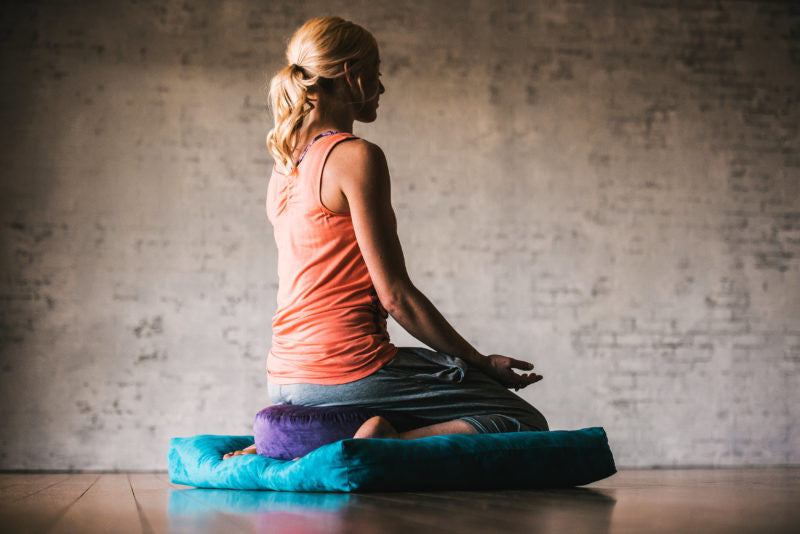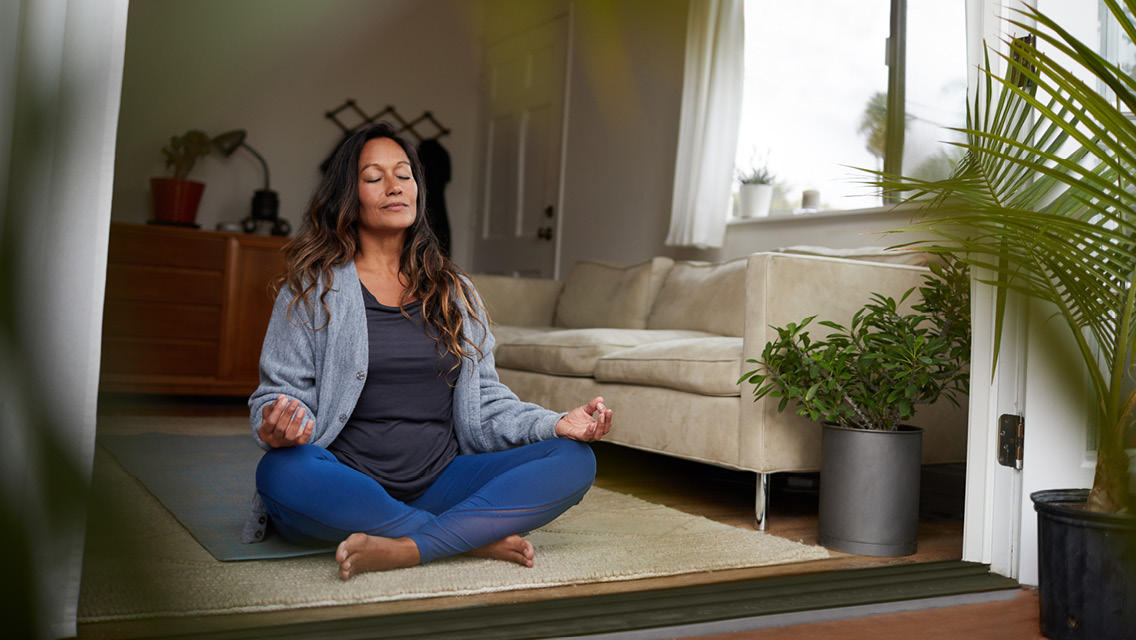How to Meditate? Understanding Mindfulness for Everyday Life
How to Meditate? Understanding Mindfulness for Everyday Life
Blog Article
How to Meditate: A Step-by-Step Method to Getting Mindfulness and Calm
Meditation acts as a powerful tool for attaining mindfulness and emotional tranquility in a fast-paced world. By recognizing the basic principles and methods associated with reflection, people can grow a method that enhances their total health. This conversation will certainly describe essential actions, from creating a favorable setting to integrating meditation right into everyday routines. As we explore these parts, it comes to be clear that the journey to mindfulness is not just about the act of being in silence, yet instead regarding cultivating a much deeper connection with oneself and the world around us. What might this improvement involve?
Recognizing Meditation
Recognizing meditation involves realizing its essential principles and strategies, which work as the structure for the practice. At its core, meditation is a psychological exercise targeted at promoting relaxation, building internal power, and creating concern and understanding. The practice urges individuals to focus their focus, frequently with methods such as deep breathing, visualization, or concept repeating.
Reflection can be categorized right into different designs, including mindfulness, transcendental, and loving-kindness reflection, each with distinctive purposes and methods. Mindfulness meditation highlights present-moment recognition and non-judgmental observation of thoughts and feelings, while transcendental reflection includes the usage of specific rules to go beyond regular mind. Loving-kindness meditation concentrates on creating a mindset of love and compassion towards oneself and others.
No matter of the method employed, the key goal stays regular: to cultivate a much deeper understanding of the mind and its patterns. This self-awareness cultivates psychological durability, clarity of idea, and a profound feeling of tranquility (How to meditate?). By comprehending these methods and concepts, people prepared for an effective reflection method that can substantially enhance their general wellness
Preparing for Your Technique
Prior to beginning your reflection method, it is crucial to create a setting helpful to focus and leisure. Select a silent area where you are unlikely to be disrupted. This might be a corner of a space, a yard, or any type of area that evokes a sense of tranquility. Make sure that the area is tidy and totally free of mess, as a neat atmosphere can help remove the mind.
Take into consideration the lighting, as natural light can boost your mood and power. Soft, warm illumination is usually extra calming than harsh fluorescent lights. Additionally, select a comfy temperature, guaranteeing that you are neither also warm neither also chilly.
Integrating components that promote tranquility can even more boost your experience. This might consist of soft paddings or blankets for convenience, as well as relaxing scents from important oils or scent. It can also be advantageous to have actually a timer established for your meditation session to protect against distractions from clock-watching.
Fundamental Meditation Methods

One more effective strategy is body check reflection. This includes emotionally scanning your body from head to toe, discovering any locations of stress or pain and knowingly kicking back those muscles. This method promotes a deeper connection between your mind and body.

Lastly, loving-kindness reflection concentrates on growing compassion towards on your own and others. Quietly repeat expressions of goodwill, improving emotional health and interconnectedness. Each of these strategies functions as a foundation for your meditation trip, enabling you to discover the technique that reverberates ideal with your personal method.
Preserving Emphasis and Mindfulness

Establishing a committed meditation area can enhance the ability to preserve mindfulness. A quiet, minimalist setting lessens diversions, permitting much deeper immersion in the technique. Additionally, setting a time frame can aid handle assumptions; beginning with shorter sessions might reduce the transition into longer techniques.
Using methods such as body scanning or observing feelings can likewise strengthen mindfulness. These techniques urge experts to remain existing and involved with their physicality, securing their attention in the moment. Regular technique is essential; the brain builds resilience in time, developing a stronger capacity for focus.
Incorporating Meditation Into Every Day Life
Integrating meditation right into every day life can change regular activities into opportunities for mindfulness and self-reflection. By integrating mindfulness techniques into common tasks, individuals can cultivate a better feeling of existence and serenity in the middle of the busyness of day-to-day life.
Begin by determining minutes throughout your day where you can pause and exercise mindfulness. Even ordinary tasks like walking or washing recipes can come to be chances for reflection by guiding your attention to the sensations of movement and the noises navigate to this website bordering you.
Furthermore, establishing aside dedicated times for reflection can strengthen its practice. Begin with brief sessions, progressively boosting period as you come to be more comfortable. Usage suggestions or hints-- like a specific time of day or a soothing sound-- to develop uniformity.
Eventually, the objective is to weave mindfulness into the textile of every day life, allowing you to come close to each minute with intention, thus improving your general feeling of well-being and quality.
Verdict
In verdict, efficient reflection requires a peaceful atmosphere, a comfortable placement, and a focus on the breath. Normal meditation, even in brief sessions, promotes a deeper link to the existing moment, inevitably leading to greater tranquility and psychological clearness in day-to-day life.
Reflection can be categorized right into different designs, consisting of mindfulness, transcendental, and loving-kindness meditation, each with distinct functions and approaches. Mindfulness meditation stresses present-moment awareness and non-judgmental observation of sensations and thoughts, while copyright entails the use of certain mantras to transcend average thought procedures.With your meditation space prepared, it's time to explore numerous standard reflection strategies that can help grow mindfulness and inner peace.Regularly keeping emphasis and mindfulness throughout meditation can be tough, particularly for those new to the method.Establishing a committed meditation area can enhance the capability to maintain mindfulness.
Report this page